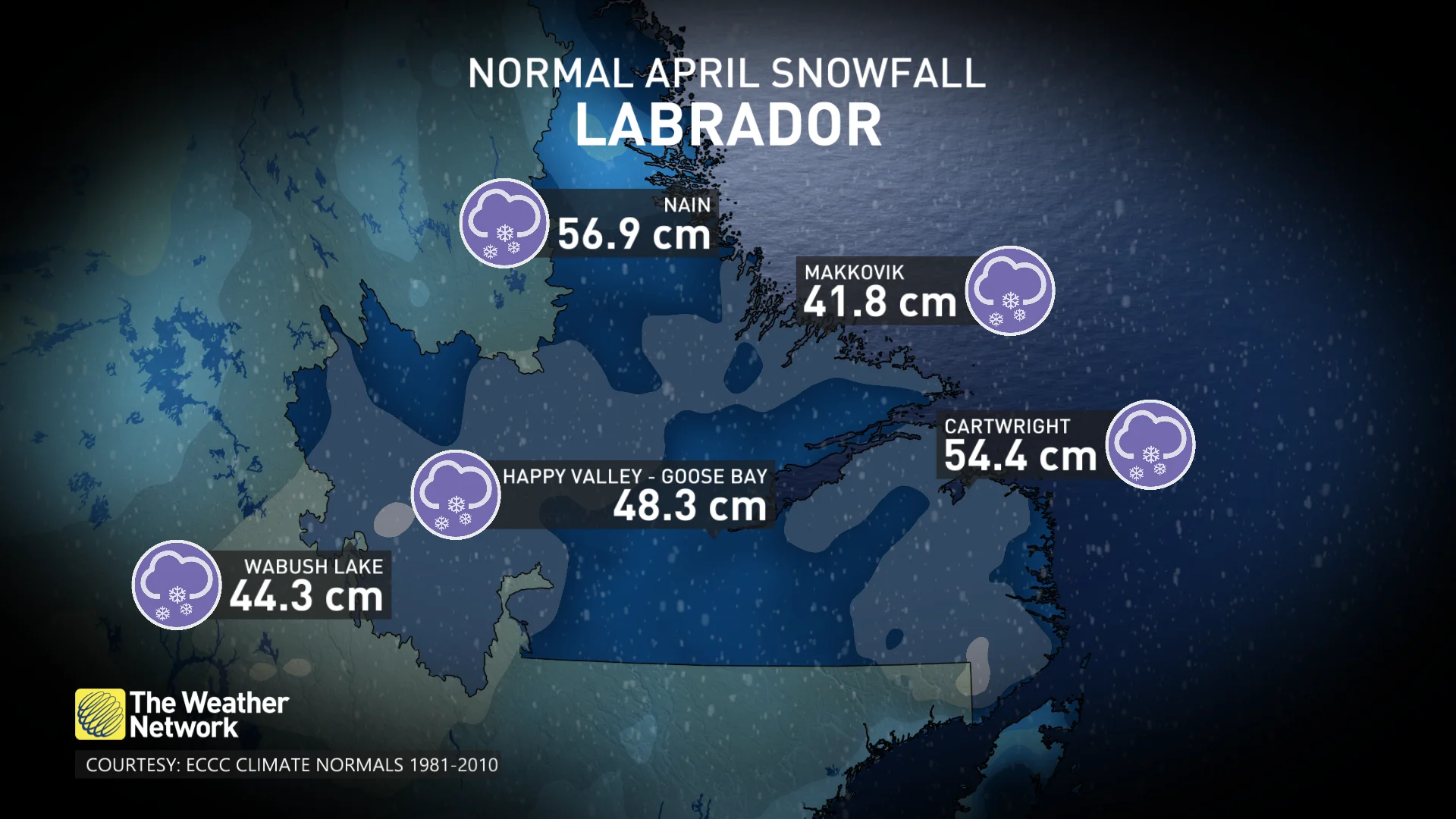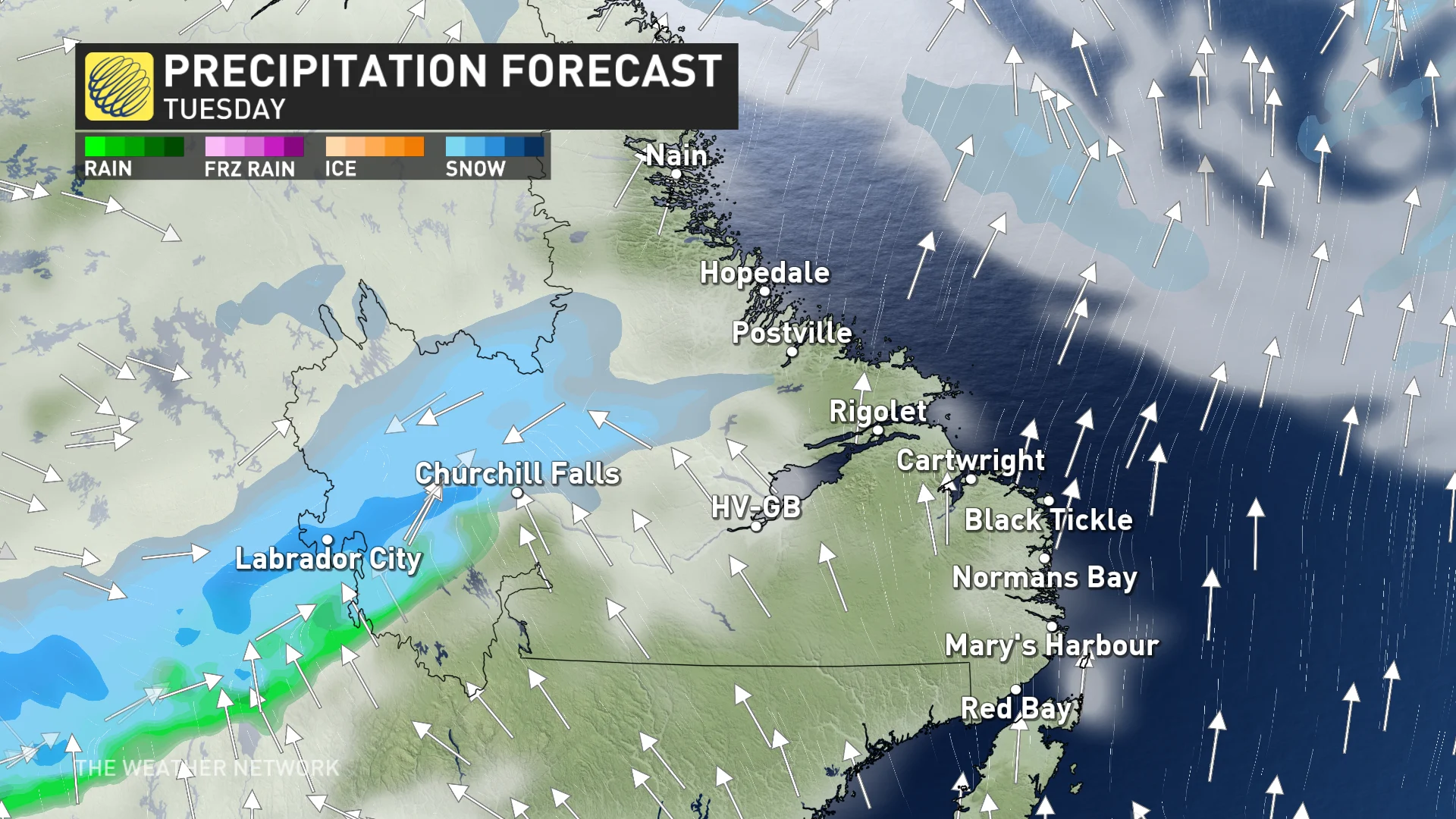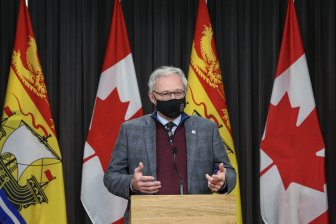News
Canada in for ‘intense’ weeks of Omicron infections, hospitalization surges: data – Global News
Canada is set for several “intense” weeks of COVID-19 activity as Omicron will continue to drive record infections and hospitalizations, new federal data suggests.
The projections, made by Canadian health officials on Friday, indicate the Omicron wave could peak at 170,000 cases a day this month, though officials say the numbers are estimates of the “true number of daily cases” that may be occurring due to testing restrictions limiting reported cases.
Meanwhile, officials project that new hospital admissions could peak at 2,000 a day later this month.
“While Canada could see a sharp peak and decline in cases in the coming weeks, given disease activity far exceeding previous peaks, even the downside of this curve will be considerable,” said Dr. Theresa Tam, Canada’s chief public health officer.
“With several weeks of very intense activity expected to come, we need to do our best now to limit the size and impact of the Omicron surge in order to maintain the health system and critical functions of society.”
Across Canada, more than 37,500 new infections are being reported daily, though that number is likely an underestimate due to testing restrictions, Tam said. The number of hospitalizations is giving a clearer picture of how the virus is impacting the population, she added.
On hospitalizations, Tam said while evidence shows the risk for hospital admission from Omicron is lower than Delta, the sheer volume of infections is driving an increase in severe illness trends nationally.
While infections are increasing among all age groups, 20-to-39-year-olds have experienced the most infections in recent weeks, Tam said.
Furthermore, unvaccinated people are 19 times more likely to be hospitalized with COVID-19 compared to fully vaccinated people.
Tam said next week will be “quite important” to see if Canada will hit its Omicron peak.
“It’s quite possible in the next days that we’ll see that peak at least in the cases,” she said, adding hospitalizations could continue to increase sharply, and then decline quickly.
“We all just need to be cautious about pronouncing on that until we’ve seen more information.”
As of Jan. 10, 6,926 hospital beds in the country were occupied by COVID-19 patients – up from 4,113 on Jan. 3, the government reports.
Across Canada, new infections and related hospitalizations remain at or near record levels.
In the meantime, some governments are easing pandemic restrictions while others are tightening them depending on their perceptions of whether the curve is flattening or has yet to peak.
On Monday, Quebec is lifting its controversial 10 p.m. to 5 a.m. curfew because researchers there believe the latest wave of the pandemic is peaking.
Also, Nunavut said its tough measures implemented just before Christmas have been so effective that it’s cancelling travel restrictions on Monday, allowing businesses to reopen and schools will resume in-person learning on Jan. 24.

However, in New Brunswick new restrictions are now in effect, limiting residents to a single-household bubble. Gyms, entertainment venues and indoor dining at restaurants have been closed.
In nearby Prince Edward Island, chief medical health officer Dr. Heather Morrison says the “worst of this wave” is yet to come. Current restrictions that include business capacity limits and remote learning for school students will be extended.
While Canada moves through the Omicron wave, vaccination against the disease continues.
As of Jan. 1, 87 per cent of Canadians 12 years of age and older are fully vaccinated against COVID-19. Out of the total population, that represents 77 per cent, data shows.
Tam continued to urge Canadians to get vaccinated against COVID-19, and get their boosters once eligible.
“We need to continue efforts to increase vaccine coverage to enhance protection for everyone we can,” she said.
At its last modelling update in December 2021, government officials projected a COVID-19 resurgence in Canada driven by Omicron.
It said at the time if infections continue to rise as they were and if Omicron took hold, the variant drive infections up to 26,600 a day by mid-January.
Omicron’s impact on Canadian society has been vast, as several governments have had to reimpose restrictions and limit testing capacity to deal with the onslaught of cases and hospitalizations.
— with files from The Canadian Press
© 2022 Global News, a division of Corus Entertainment Inc.
News
Body believed to be missing B.C. kayaker found in U.S., RCMP say – CBC.ca


The RCMP say a body that was recovered by authorities in Washington state is believed to be one of two kayakers reported missing off Vancouver Island on Saturday.
Const. Alex Bérubé said the identity of the body found on San Juan Island, just south of the border, is still to be confirmed by the coroner.
A search has been underway in the waters off Sidney, B.C., about 25 kilometres north of Victoria, since the two kayakers were reported missing.
RCMP previously said Daniel MacAlpine, 36, and Nicolas West, 26, went missing while kayaking from D’Arcy Island to View Beach on Saturday afternoon. They were in a teal blue, fibreglass, two-person kayak.
Police said members of the Central Saanich Police Department and Peninsula Emergency Measures Organization search and rescue were involved in the search, and the Joint Rescue Co-ordination Centre and Canadian Coast Guard were also assisting.
News
Some Canadians will be digging out of 25+ cm of snow by Friday – The Weather Network
Digital WritersThe Weather Network


Prepare for multiple rounds of April snowfall this week, as Labrador braces for wintry conditions. This onslaught of snow is expected to blanket the region, potentially leading to hazardous travel conditions and disruptions throughout the week
As we march even deeper into the heart of the spring season, many parts of Canada are finding it tough to find any consistent signs of warming weather. Add to the mix periods of snow and wintry precipitation, and it’s safe to say the winter season is certainly not going out without a strong fight.
This week, parts of the East Coast will bear the brunt of the winter weather, with multiple rounds of April snowfall stacking up in Labrador. The chances for snow flurries will stick around all week long, bringing as much as 25 cm for some.
MUST SEE: Extreme pattern over Arctic produces 50+ degree temperature spread
Although 25+ cm of snow in April may seem extreme, for this part of the country, it’s definitely nothing out of the ordinary. In fact, the month as a whole brings about 40-50 cm of snow to Labrador on average.


Some communities, including Nain, even have snowfall chances stretch all the way into June!
“This week will be a little bit different however, as some regions could reach about half of Labrador’s monthly averages alone,” says Rachel Modestino, a meteorologist at The Weather Network. “The first round on Tuesday will pack quite the punch, with heavy snow and gusty winds stretching from Labrador city to the coast.”


Winds will be gusting between 70-90 km/h at times, and travel conditions will likely deteriorate quickly due to potential whiteouts and reduced visibility.
News
Fire at building under construction in north-end Halifax quickly extinguished – CBC.ca
Witnesses described hearing a loud blast and seeing large plumes of black smoke on Tuesday morning as a building under construction in Halifax’s north end caught fire.
A message on Halifax’s alert system said the fire was at a building in the area of Robie and St Albans streets. About an hour later, the municipality said the fire was out.


The alert warned people who live on the peninsula to close their windows due to smoke from the fire possibly being toxic.
“Residents and businesses near the fire should still keep windows closed and air exchangers turned off until air quality conditions improve in the coming hours as a precaution,” the municipality said on X, formerly known as Twitter.
Halifax Regional Police were asking people to avoid the area during what is normally a time of heavy morning traffic.


James Shaw lives nearby. He said he heard a blast around 8:20 a.m. local time.
“It shook the whole house,” Shaw said in an interview at the scene. “So I came outside … and saw this incredible building here on fire. Big black smoke. Lots of sparks and stuff going.”


Mike Clark was working on the building adjacent to the one that caught fire. He said he was on the 30th floor when the roof of the other building caught fire and propane tanks blew up.
He said construction crews were then evacuated from the building.
“The elevator was shut down and everyone went down the stairs and out the door,” he said. “Everybody on each floor has a horn to check if anybody was left in the building. Sounded the horn and walked down. It was very organized.”


-
Business22 hours ago
Honda to build electric vehicles and battery plant in Ontario, sources say – Global News
-



 Science23 hours ago
Science23 hours agoWill We Know if TRAPPIST-1e has Life? – Universe Today
-



 Health19 hours ago
Health19 hours agoSee how chicken farmers are trying to stop the spread of bird flu – Fox 46 Charlotte
-



 Health23 hours ago
Health23 hours agoSimcoe-Muskoka health unit urges residents to get immunized
-



 Investment21 hours ago
Investment21 hours agoOwn a cottage or investment property? Here's how to navigate the new capital gains tax changes – The Globe and Mail
-



 Science18 hours ago
Science18 hours agoOsoyoos commuters invited to celebrate Earth Day with the Leg Day challenge – Oliver/Osoyoos News – Castanet.net
-
News21 hours ago
‘A real letdown’: Disabled B.C. man reacts to federal disability benefit – Global News
-
News18 hours ago
Freeland defends budget measures, as premiers push back on federal involvement – CBC News










